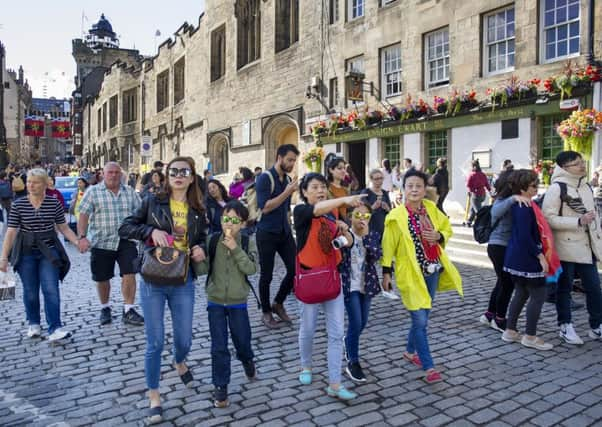Tourist tax: How to ensure Scotland sees the benefits – leader comment


Tourism has always been a double-edged sword. On the one hand, it can provide a significant economic boost, large numbers of jobs and bring an influx of people from far-away lands with interesting stories to tell and a different take on life.
But tourism also comes with a cost. It can drive up house prices, making it difficult for local people to find a house in the place they grew up, and it can increase the basic cost of maintaining roads, the sewage systems, policing of events and so on.
Advertisement
Hide AdAdvertisement
Hide AdIn some parts of Scotland, particularly Edinburgh, there has been a rise in what might be described as anti-tourism sentiment with suggestions that for some it borders on “hatred” – a regrettable state of affairs, if true.
So the decision to allow councils to raise a “tourist tax”, a practice widely accepted on the Continent and many parts of the world, should be a welcome one.
The Scottish Government had dragged its feet on the issue, so the must share the credit for the decision with the Scottish Greens, who made it a condition of their support for the Budget. Councils are clearly in need of extra sources of cash and a tourist tax is one that does not further burden the local population.
Set at a reasonable rate, the effect on the numbers of tourists is expected to be minimal, particularly during a time when the global tourism economy is growing. The caveat is that the money raised must be spent wisely. If it ends up disappearing into the general pot of council finances, then there is a danger it could gradually have a detrimental effect on tourism, killing off the goose that currently lays a fairly substantial golden egg for Scotland.
So the extra funds should be used, in a transparent way, to improve facilities for tourists but also to help the most popular areas cope with the annual influx of people. If this is done, then it should enable Scotland’s tourism economy to grow, while also reducing any anti-tourism sentiments among local people. And, of course, many facilities are enjoyed equally by tourists and locals.
In order to make this clear, councils using their new tourist tax powers should consider creating an EU-style logo – for example, to indicate “This public toilet was paid for Transient Visitor Levy”. Regional development fund signs may not have prevented Brexit, but for many they were one of the few indications of the good work done by the EU.
